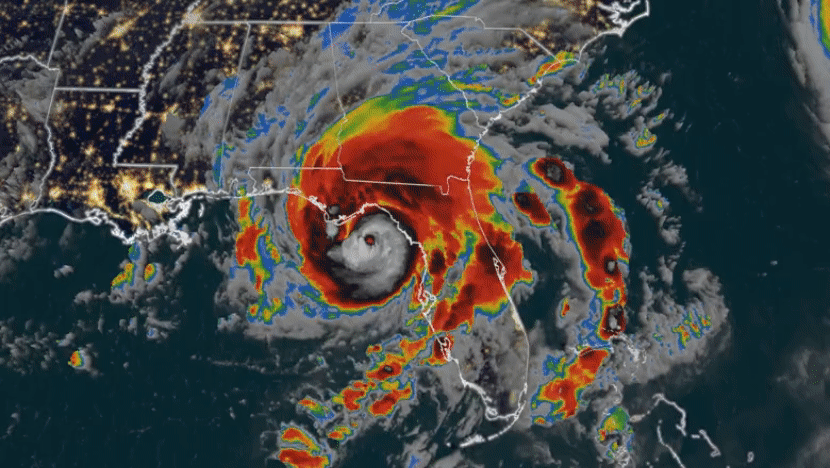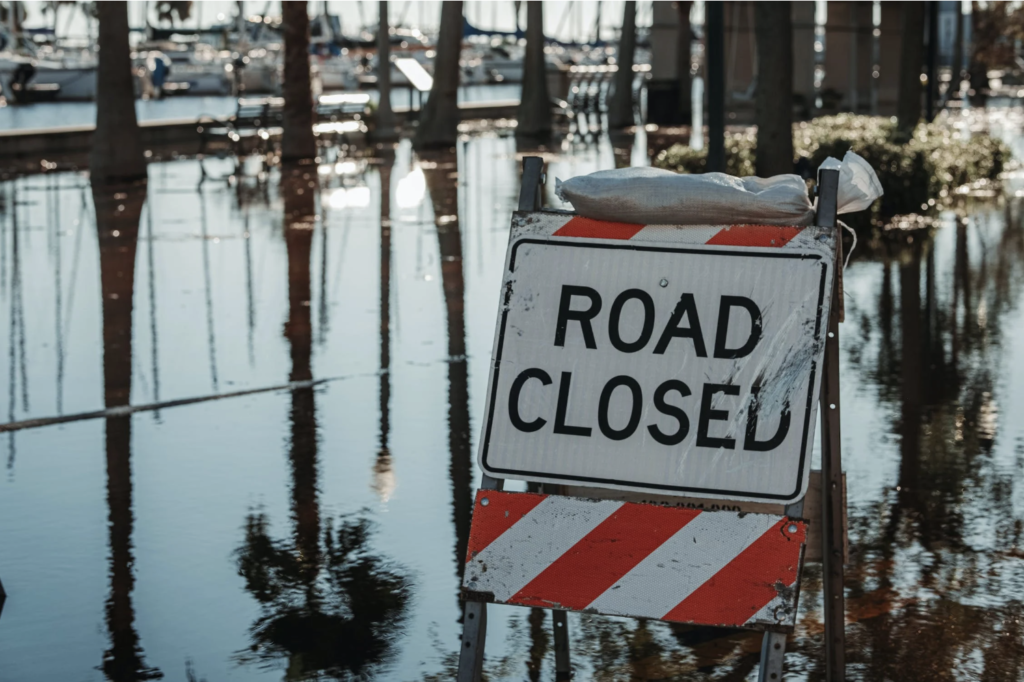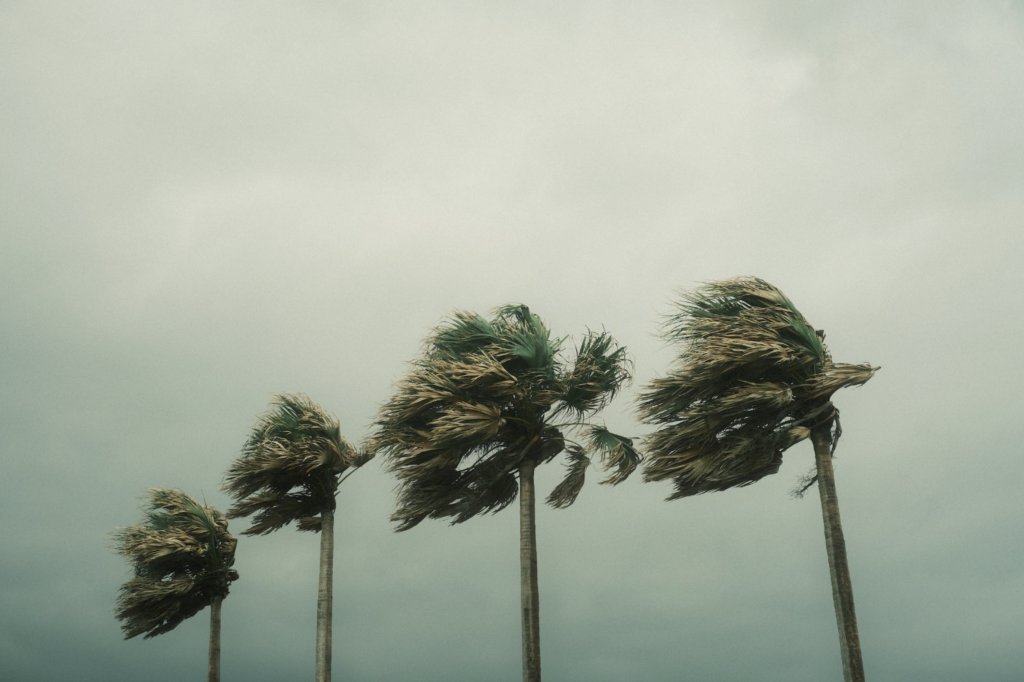As a Category 3 hurricane, Hurricane Idalia made landfall in Florida and left a path of extensive destruction along the Gulf Coast. With rushing water covering roadways along the shore, more than 330,000 people in Florida and Georgia were without electricity. High winds snapped towering trees, tore up signs, and flung sheet metal into the air.
The storm surge, which measured 6.8 feet (2 meters) in height, submerged the majority of Cedar Key’s downtown. With maximum winds of 90 mph (150 mph), the system continued to be a hurricane as it moved into Georgia after soaking most of Florida to the east of Tallahassee.
Idalia, a tropical storm, was expected to strike the Carolinas over night. Some counties instituted curfews to prevent inhabitants from using the roadways since the storm surge in some areas could reach heights of up to 16 feet (4.9 meters). The National Weather Service deemed Idalia “an unprecedented event” because a significant storm had never previously occurred in the bay that borders Big Bend.

Authorities couldn’t ensure that they would be able to save anyone who didn’t leave because the storm surge might reach heights of up to 16 feet (4.9 meters) in some areas.






